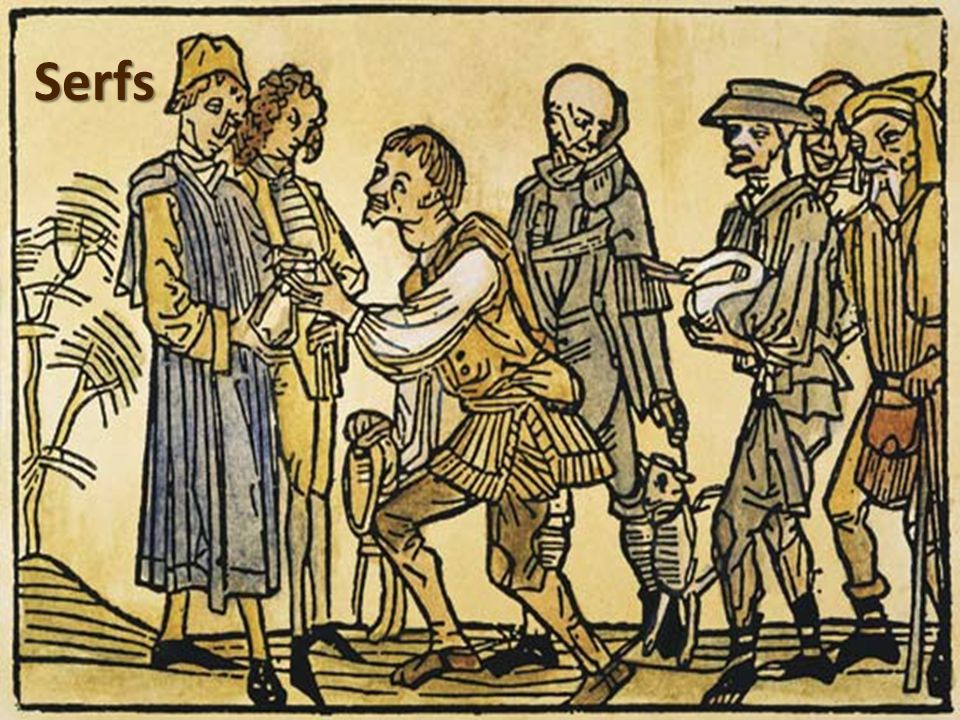To actually understand the concept of Serfdom, we have to understand the basics of the societal structure of the period.
From the 9th to the 15th century, the concept of Feudalism was prevalent in medieval Europe. This concept followed the relationships created over land, those who owned it and those who lived on it. This was basically the relationships formed on the basis of holding land in exchange for services or manual labor.
It involved the responsibilities of all classes of the society, the nobility, the clergy and the peasantry.
What is Serfdom?
Back in the days of feudalism when sources of self-sustenance were scarce, the poorer classes either resorted to serfdom out of necessity or were forced into it.

Serfdom, in essence, is a form of bonded labor that developed in the High Middle Ages where people occupying a plot of land were required to work for the landowner, called the ‘Lord of the Manor’. They, in return, got the right to cultivate certain fields in the manor for their own sustenance, protection and justice.
Often their scope of work went beyond just cultivation of the land. They were sometimes required to put in their workforce toiling away in the manor’s mines and forests, often also needing to put in labor to maintain the manor roads.
A Manor, in essence, made up the elementary component of a feudal society, which Europe was at that point in time. The Lord of the manor was bound to this unit on a taxation basis while the residents of the land and the serfs were dependent on the land on an economic level as well as social level.
You see, there was a subclass system going on in this Feudal society. Within the Peasant class were two more classes, the freemen, and the villein.
The freemen were tenant farmers who owned minimal to no service to the lord and thus held on to a good degree of their independence.
The villeins made up the most common category of serfs in the society. They a higher rank and a considerable amount of rights in comparison to the lowest of categories of serfs.
Becoming a Serf
A failed crop, war, plunders or robbery, all could have pushed independent farmers to seek assistance from the lord of the manor. His services in the form of labor, produce, etc. were bartered for protection, thereby successfully binding them to the Lord.
Serfs of a manor technically became the property of the Lord of the manor, with the latter having a huge control over the former’s lives, with serfs being unable to sell land, leave for long periods of time or even get married without the lord’s permission to do so.
On the other hand, the lord was expected to protect his serfs, all tenants of his land as well, from robbery and other lords, as well as charitably helping them out in times of dearth. A serf could look forward to being well fed by a benevolent lord, however in the off chance the lord wasn’t as generous, tougher times could be met.
In times of crisis, if a lord was met with conflict, it was often in the best interests of the villeins to side with their lord. Should he be overthrown, their own fate would remain unsure.
It was often said that the only thing a serf ever truly owned was his own belly, with everything else technically being the property of his lord.
The end of serfdom
By the 14th century peasants had started speaking out and refusing to be crushed under the thumb of a landowner. The Peasant’s Revolt saw the entire class of peasants rise up against the societal structure of years of oppression.
Elizabeth I freed the last of the serfs and in 1574 and serfdom ceased to be a personal status.
Serfdom in other parts of the world
Of course, the concept of serfdom wasn’t confined to Europe, being widespread with similar concepts being followed across the old world, such as Russia, India and China.

